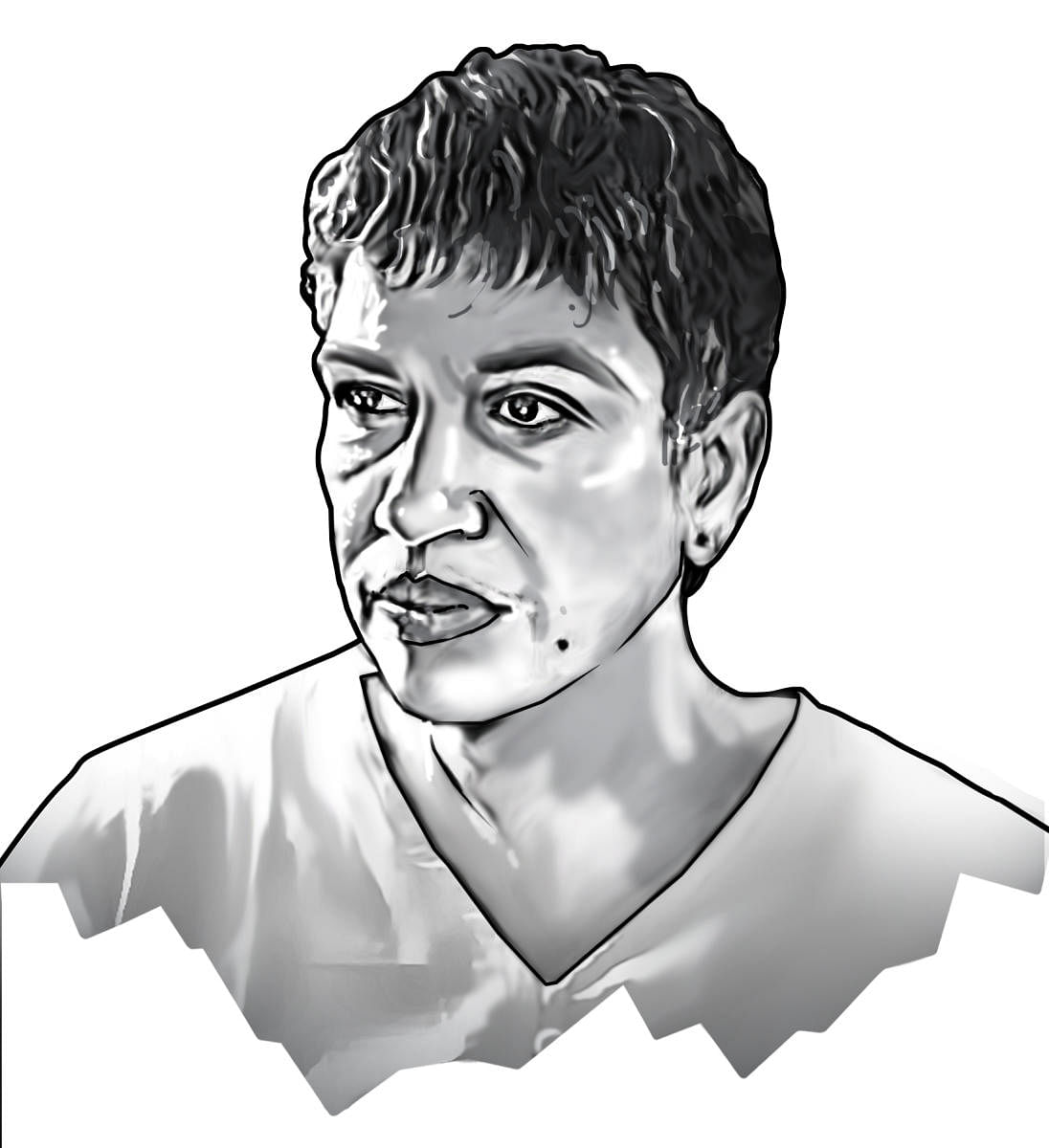
In his celebrated article ‘Between History and Memory’, Pierre Nora refers to the arrival in 1877 of the history textbook Tour de la France par Deux Enfants, a textbook written by Augustine Fuillee – of course, under the pseudonym G Bruno. “It trained the memory of millions of French boys and girls,” and was so important a start to the school day that the Minister of Public Instruction could pull out his pocket watch and say, at 8:05 am “all of our children are crossing the Alps.” Yet, though it was an inventory of what one should know about France, Tour spoke of a France that no longer existed. This ‘enchantment’ with history (based on the memory of adults) was essential to nation-building, but it faded into oblivion by the end of the First World War, by which time all ‘peasants’ had turned into modern French people.
Now, 2020 is not 1877, when the history textbook was the beginning and end of all historical knowledge, for school children in particular. If anything, we are living in an age in which a single, usable, teachable Indian history is an impossibility. So, it seems that the appointment of a committee of 16 Grey Eminences, all men, to conduct “a holistic study of the origin and evolution of Indian culture since 12,000 years before the present” has everything to do with the wide range of threats posed to a single, teachable, usable past by historians and others. At a time when Indian history has been the stuff of courtroom battles, political rallies, street fights, on the one hand, and creative reinterpretations and challenges from within the historical profession itself, the committee is intended to put the seal on contentious debate and difference. Just when we require a history that educates us about discontinuity, since “discontinuity, disruption and chaos” is our lot, we will have a committee – not for this government the lonely labours of an individual historian -- whose ‘findings’ have been more or less determined at the outset: “We have always been the Greatest, Oldest, Most Continuous, and Biggest Civilisation.”
It is easier to write such a singular history than propagate it. Fortunately, the contentious, plural and contested versions of Indian history will thrive and prosper in the hands of tourist guides, amateur historians, community historians, and perhaps some academic historians, well away from the glare of an ‘Authorised History’. Our texts, inscriptions, art, architecture, and material artefacts are too luxuriously pluralistic and varied, unless a systematic iconoclastic blitz follows the ‘Authorised History’ (given recent experience, this is not impossible).
Meanwhile, let me take some comfort in our rich sculptural tradition, and careful – dare one say, feminist? -- readings of that heritage. On a frieze on the Mahanavami Dibba at Hampi, is the series of carvings of a tribal woman hunter, chasing a boar and a deer with the bow and arrow, spearing the deer, accompanied by another hunter, perhaps awaiting his turn. Both are dressed in leaf clothing, and between them carry away the hunt: when our huntress is pierced by a thorn, the companion bends to remove it, then play a soft tune on the flute, while the weary huntress rests, before they move on to their destination.
Could this be drawing on the famous story of the Chenchu huntress, who captivated Narasimha? His pursuit was finally rewarded, she is bestowed the title of Chenchu Lakshmi, and they are both immortalised in the temple at Ahobilam. Chenchu Lakshmi, resting on her bow, or having her foot attended to, is a favoured motif on several Vijayanagar style temples across Andhra, Karnataka. But we can only speculate on what links the famous Mahanavami Dibba to this folk story.
In such open-ended interpretations lies the true value of our heritage: Images may be cast in stone, but the intention of the sculptor, the rich retellings of stories that circulate, always with that little twist, and the proximity of such images to a location of supreme symbolic value, are open to rich and creative speculation. Did women hunt, and what did women do when men were away hunting? (inventing agriculture, as many historians have shown). At a time when the story of our past is being told by many competent people, and by so many of those ‘peoples without history,’ the Wise Old Men (as has already been pointed out by many, all upper caste, and North Indian to boot) may have some difficulty pushing the toothpaste back into the tube. No longer are historians like Augustine compelled to disguise themselves as men, and our Chenchu Lakshmis will hopefully continue to disrupt the narratives that exaggerate the importance of hunting as an exclusively masculine occupation.